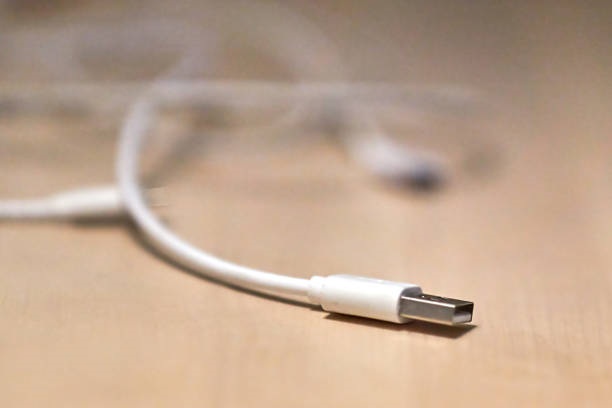The Rise of usb c connectors
USB Type C, or USB C, is the latest and most versatile connector that has taken over the tech world. It is fast becoming the standard for charging and data transfer, replacing older USB connectors. In this article, we will look at the advantages, disadvantages, and other important things you need to know about USB C connectors.
Advantages of USB C Connectors
USB C connectors have many advantages over older USB connectors. They are smaller, reversible, and have faster data transfer speeds. They are also compatible with various devices, including phones, laptops, and tablets. Another advantage is that they can support higher power delivery, allowing for faster charging times and more efficient charging.
Disadvantages of USB C Connectors
While USB C connectors have many advantages, there are also some disadvantages to using them. One of the main concerns is compatibility. Since USB C is a relatively new connector, not all devices support it. This means you may need adaptors or cables to connect to older devices. Another issue is that not all USB C cables and chargers are created equal. Some low-quality cables and chargers may not work properly and can even damage your device.
Uses of USB C Connectors
USB C connectors have many uses. They can be used for charging devices, transferring data, connecting peripherals, and even connecting to external displays. Many laptops and tablets now only have USB C ports, meaning you need to use adaptors or hubs to connect older peripherals like printers and mice.
USB C Compatibility
USB C is compatible with various devices, including MacBooks, Windows laptops, Android phones, iPhones, and more. However, since not all devices have a USB C port, you may still need to use adaptors or hubs to connect to older devices. It is essential to research your device's compatibility before purchasing a USB C cable or charger.
USB C Data Transfer Speeds
USB C connectors have faster data transfer speeds than older USB connectors. USB 2.0 has a maximum data transfer rate of 480Mbps, while USB C can achieve speeds up to 10Gbps. This means you can transfer large files quickly and efficiently. However, the actual speed may vary depending on the devices you are using.
USB C vs Thunderbolt
Thunderbolt is a high-speed data transfer and display technology developed by Intel. While USB C and Thunderbolt share the same connector, Thunderbolt is much faster than USB C. Thunderbolt 3, for example, has a maximum data transfer speed of 40Gbps, compared to USB C's 10Gbps. However, Thunderbolt is also more expensive and is not as widely compatible as USB C.
Conclusion
USB C connectors have become the new standard for charging and data transfer. They have many advantages over older USB connectors, including faster data transfer speeds, smaller size, and reversible plug orientation. However, compatibility issues with older devices and low-quality cables and chargers can be a problem. It is essential to research your devices before purchasing any USB C products.

